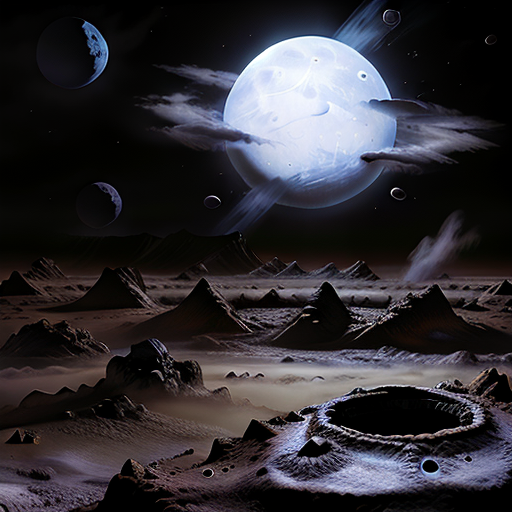|
|
Space Astro
|
Info for exoplanet "Daprax Theus"
| Scientific (actual) data |
|---|
| Name | GJ 328 c |
| Planet status | Confirmed |
| Mass sini | 0.0673 |
| Orbital period | 241.8 |
| Semi major axis | 0.657 |
| Discovered | 2023 |
| Updated | 2023-06-14 |
| Tperi | 2458480 |
| K | 2.95 |
| Publication | Published in a refereed paper |
| Detection type | Radial Velocity |
| Mass measurement type | Radial Velocity |
| Star name | GJ 328 |
| Right ascension | 133.78° |
| Declination | 1.55° |
| Mag v | 9.98 |
| Star distance | 19.8 |
| Star metallicity | 0 |
| Star mass | 0.69 |
| Star sp type | K7 |
| Star temperature | 3900 |
| Wikipedia article | GJ 328 c |
Back
| |
| Fictional info (?) |
|---|
| Suggested name | Daprax Theus |
| Planet type | Cold planet |
| It is the coldest planetary atmosphere in its solar system, with a minimum temperature of 48°K (-225°C), and has a complex, layered cloud structure with hydrogen peroxide thought to make up the lowest clouds, and argon the uppermost layer of clouds. |
| Atmosphere | Argon | 95% |
| Hydrogen peroxide | 4.5% |
| Atmospheric pressure | 0.001 bar |
 |
| No known satellites |
| Google search for Daprax theus |
|
Website by Joachim Michaelis
|
|
|
|